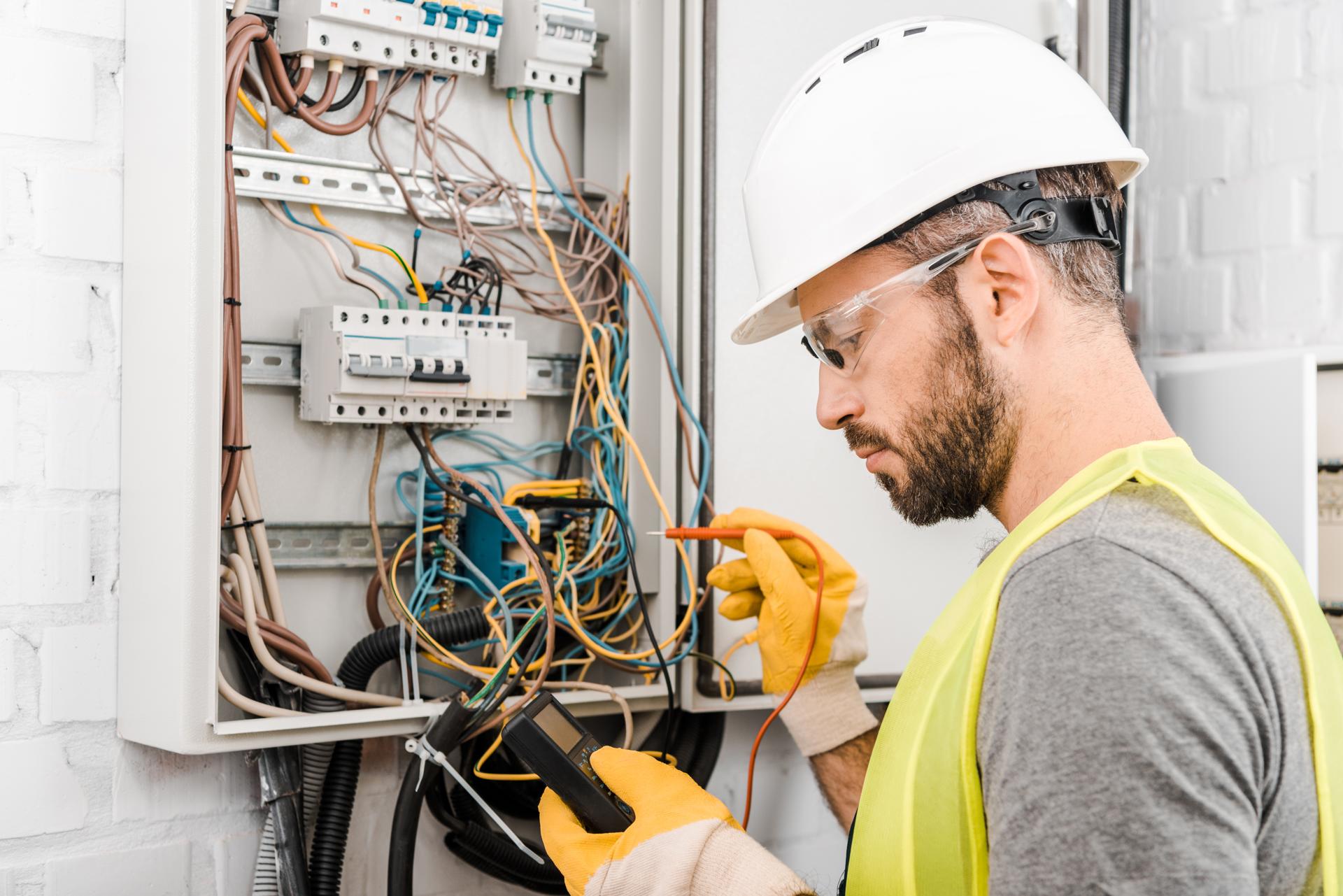Electrical Wiring 101: What You Need to Know in Your Home

Electricity is an essential component of our everyday lives, supplying everything from the lighting in your homes, to devices we use on a daily basis. However, electricity systems are a bit complicated, making it difficult to understand how they work can be difficult. In this article we’ll go over the elements of an electrical system and describe how circuits function to power devices and appliances. Our residential electricians can handle any electrical jobs you need.
The components of an electrical system
An electrical system is comprised of several important components that work to provide power throughout homes. They include:
Breaker box is the central source of electrical energy in a house that is where electricity is split into various circuits
Switches and outlets: places where electricity is delivered to appliances and devices
Wiring: the wires that transport electricity from the breaker box, to the outlets and switches
Electronic appliances and gadgets: the devices and appliances that use electricity for their functions.
Electrical Circuits
An electrical circuit is a path which allows electricity to flow from the main source (the breakers box) to the devices and appliances in the home. There are two types of electrical circuits in the home which are 120-volt circuits and circuits that are 240-volts. 120-volt circuits are used for most household devices and appliances, while the 240-volt circuits are utilized to power larger appliances, such as dryers, air conditioners and electric ones.
Electrical circuits work by completing the loop which allows electricity to be transferred from the source to the device or appliance. The loop is made up of a hot cable that carries the electricity and a neutral wire which completes the circuit, and a ground wire , which is a path for electricity to reach the ground in the event there is a problem.
Understanding the electrical Wiring
Electrical wiring is available in a variety of kinds, such as non-metallic sheathed cable (NM), armored cable (AC) and conduit. Each type has its own advantages and drawbacks and the selection of wiring type depends on the particular requirements of the installation.
Wiring conducts electricity by creating a flow of electrons that travel through the wire. The electrons flow between the origin and the appliance or device, and back to the source through the neutral wire. It is essential to ensure the wiring is put in place and maintained correctly, as faulty wiring can lead to electrical hazards like shocks and fires.
Common Electrical Issues
Common electrical issues that homeowners face include tripping the breakers, flickering lights and dead outlets. The causes of these issues could be by a variety of factors, including overloading circuits, loose connections, and faulty wiring.
If you are experiencing any of these issues it’s crucial to pinpoint the root cause and take steps to correct the issue. In certain instances, this may involve contacting an authorized electrician to inspect and repair the wiring.
Conclusion as well as a Call to Action
Understanding how electrical wiring works is crucial for ensuring the safety and reliability of your home’s electrical system. By following the guidelines outlined in this article to stay secure and avoid potential dangers.
In case you’ve got any questions or concerns regarding the electrical system in your home do not hesitate to call Local Electrician Melbourne. Our licensed electricians has the experience and knowledge to handle all your electrical requirements. Contact us at 1300 717 208 to schedule a appointment.
FAQ
What are the signs of an electrical wiring issue?
Signs of defective electrical wiring can include tripping breakers, flashing lights, and electrical outlets that are not working, for example.
When should I schedule my electrical system at home inspected?
It is recommended to have your home’s electrical system inspected by an accredited electrician at least every 10 years.
What is the lifespan for electrical wires?
The lifespan of electrical wiring depends on several factors, including the type of wiring used, the setting it’s placed in, as well as the quality of installation. In general, most electrical wiring lasts up to 30-years or longer if it’s installed with proper installation and maintenance.
Do I have the ability to fix electrical issues myself or should I always employ an electrician?
Although some electrical issues can be fixed by homeowners, it’s advised to hire a licensed electrician for the majority of electrical repairs. Making attempts to fix electrical problems with no proper training or experience can be dangerous and could cause injuries or damages to your home.
What should I do if encounter an electrical problem within my home?
If you encounter an electrical problem, the first step is to shut off the power supply to the affected location by turning off the breaker or the fuse. After that, you should contact an accredited electrician to examine and fix the issue as soon as you can.
By following these rules by following these guidelines, you can ensure the security and reliability of the home’s electrical system and prevent possible dangers. Remember, when you need repairs to your electrical system and installations, it’s always best to leave it to the experts. Call Local Electrician Melbourne at 1300 717 208 for all your electrical needs.
